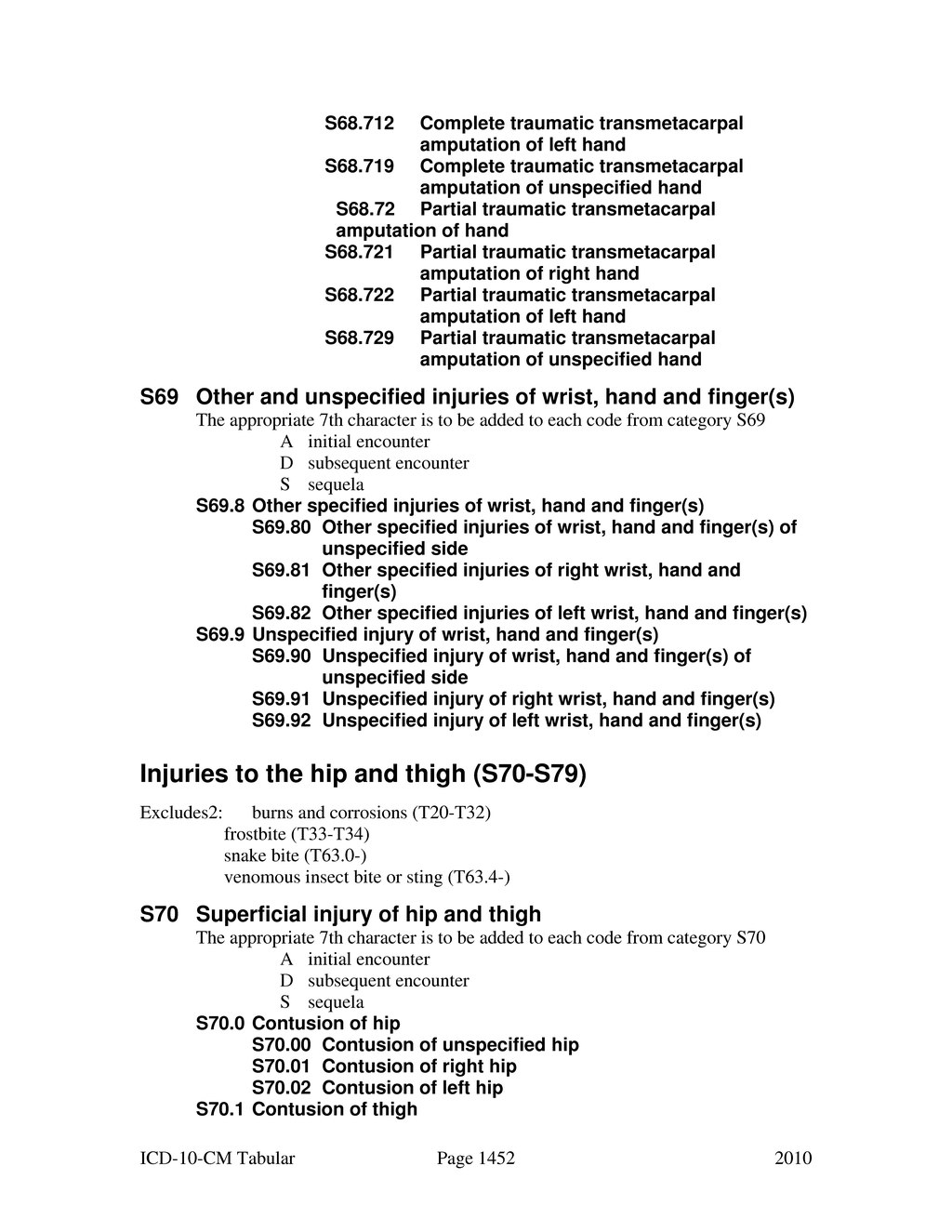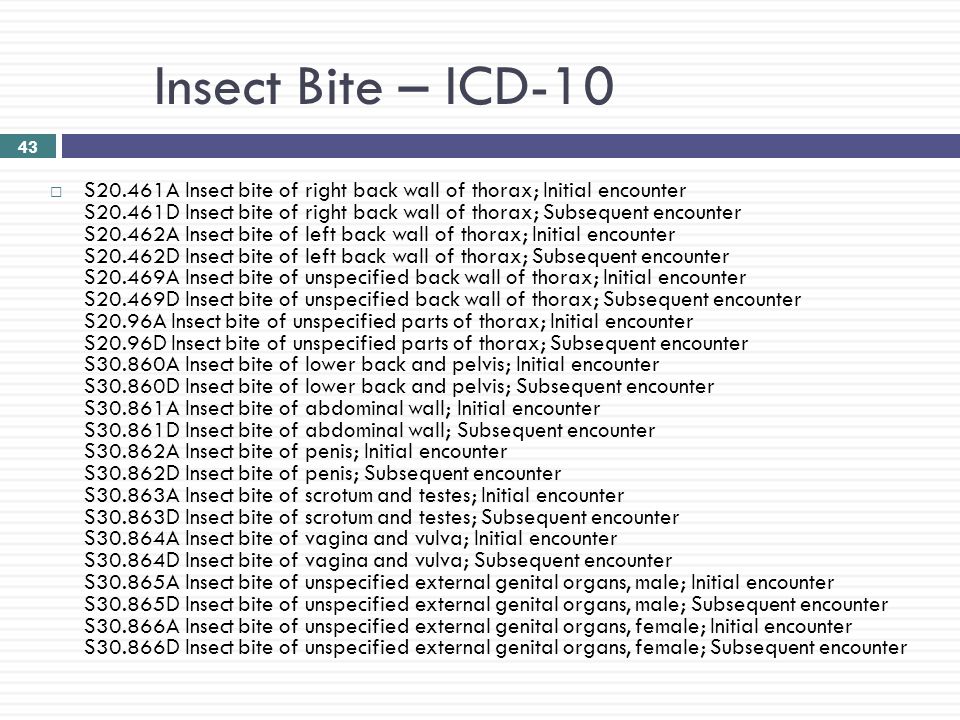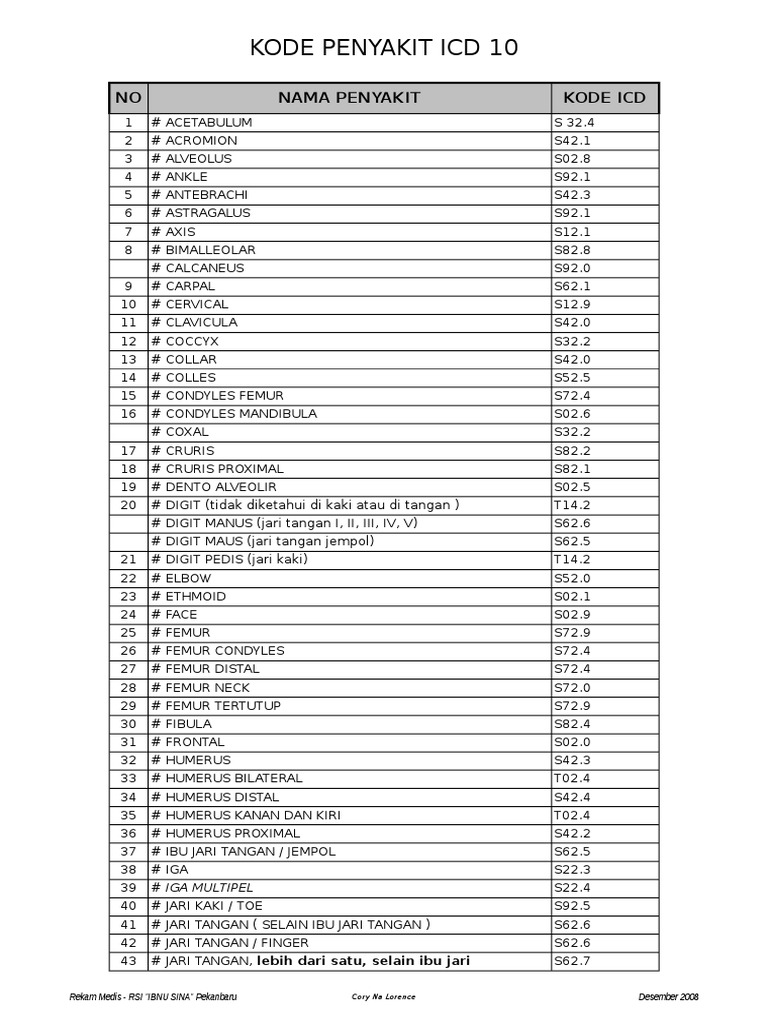ICD-10-CM Code for Insect bite nonvenomous right thigh initial encounter S70361A ICD-10 code S70361A for Insect bite nonvenomous right thigh initial encounter is a medical classification as listed by WHO under the range - Injury poisoning and certain other consequences of external causes. BILLABLE CODE - Use S70361A for initial encounter BILLABLE CODE - Use S70361D for subsequent encounter BILLABLE CODE - Use S70361S for sequela.

Five Common Summer Ailments Be Ready With The Icd 10 Codes
The 2021 edition of ICD-10-CM S70361A became effective on October 1 2020.

Icd 10 code for bug bite right thigh. The 2021 edition of ICD-10-CM S71151A became effective on October 1 2020. Insect bite nonvenomous right thigh initial encounter. ICD-10-CM code S70361 for Insect bite nonvenomous right thigh - Non-billable.
S70361D - ICD 10 Diagnosis Code - Insect bite nonvenomous right thigh subsequent encounter - Market Size Prevalence Incidence Quality Outcomes Top Hospitals Physicians. ICD-10 code S70361D for Insect bite nonvenomous right thigh subsequent encounter is a medical classification as listed by WHO under the range -In. The code S70361S is valid during the fiscal year 2021 from October 01 2020 through September 30 2021 for the submission of HIPAA-covered transactions.
S70361A is a billablespecific ICD-10-CM code that can be used to indicate a diagnosis for reimbursement purposes. The 2021 edition of ICD-10. S71151A is a valid billable ICD-10 diagnosis code for Open bite right thigh initial encounter.
ICD-10-CM Code for Insect bite nonvenomous right thigh sequela S70361S ICD-10 code S70361S for Insect bite nonvenomous right thigh sequela is a medical classification as listed by WHO under the range - Injury poisoning and certain other consequences of external causes. S70362A is a billablespecific ICD-10-CM code that can be used to indicate a diagnosis for reimbursement purposes. To code a diagnosis of this type you must use specify a 7th character that describes the diagnosis insect bite nonvenomous right thigh in more detail.
Billable - S70361D Insect bite nonvenomous right thigh subsequent encounter. The 2021 edition of. S70361A - Insect bite nonvenomous right thigh initial encounter S70361A - Insect bite nonvenomous right thigh initial encounter is a topic covered in the ICD-10-CM.
2016 2017 2018 2019 2020 2021 BillableSpecific Code. The 2021 edition of ICD-10-CM S70362S became effective on October 1 2020. This is the American ICD-10-CM version of S70362S - other international versions of ICD-10 S70362S may differ.
ICD-10-CM Code for Insect bite nonvenomous right thigh S70361 ICD-10 code S70361 for Insect bite nonvenomous right thigh is a medical classification as listed by WHO under the range - Injury poisoning and certain other consequences of external causes. S70362S is a billablespecific ICD-10-CM code that can be used to indicate a diagnosis for reimbursement purposes. These codes can be used for all HIPAA-covered transactions.
It is found in the 2021 version of the ICD-10 Clinical Modification CM and can be used in all HIPAA-covered transactions from Oct 01 2020 - Sep 30 2021. See below for any exclusions inclusions or special notations. To view the entire topic please log in or purchase a subscription.
To code a diagnosis of this type you must use specify a 7th character that describes the diagnosis insect bite nonvenomous right thigh in more detail. Billable - S70361A Insect bite nonvenomous right thigh initial encounter. Open bite right thigh initial encounter 2016 2017 2018 2019 2020 2021 BillableSpecific Code S71151A is a billablespecific ICD-10-CM code that can be used to indicate a diagnosis for reimbursement purposes.
Consider using any of the following ICD-10 codes with a higher level of specificity when coding for insect bite nonvenomous right thigh. Insect bite nonvenomous right thigh 2016 2017 2018 2019 2020 2021 Non-BillableNon-Specific Code S70361 should not be used for reimbursement purposes as there are multiple codes below it that contain a greater level of detail. ICD Code S70361 is a non-billable code.
The ICD-10-CM code S70361A might also be used to specify conditions or terms like infected wound of right thigh due to nonvenomous insect bite insect bite nonvenomous of thigh nonvenomous insect bite of thigh with infection superficial injury of thigh with infection or wound of right thigh due to nonvenomous insect bite. Valid for Submission S70361S is a billable diagnosis code used to specify a medical diagnosis of insect bite nonvenomous right thigh sequela. S70361A - ICD 10 Diagnosis Code - Insect bite nonvenomous right thigh initial encounter - Market Size Prevalence Incidence Quality Outcomes Top Hospitals Physicians.
Listed below are all Medicare Accepted ICD-10 codes under S7036 for Insect bite nonvenomous of thigh. Insect bite nonvenomous left thigh initial encounter.

Wound Vs Ulcer Selecting The Correct Diagnosis Code
Icd 10 Code Pdf Hand Musculoskeletal Disorders

Page Icd 10 Cm 2010 Djvu 1454 Wikisource The Free Online Library
Https Www Medicalschemes Com Files Icd10 20codings Cms 20pmb 20four 20character 20coding 20july 202005 Pdf

Page Icd 10 Cm 2010 Djvu 1452 Wikisource The Free Online Library

Icd 9 Codes For Cellulitis With Icd 10 Conversion Medical Billing And Coding Online

Implementation Of Icd 10 Joining The Rest Of The World In Coding Ppt Download


